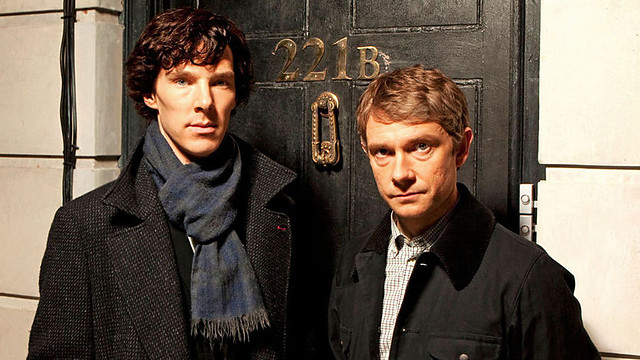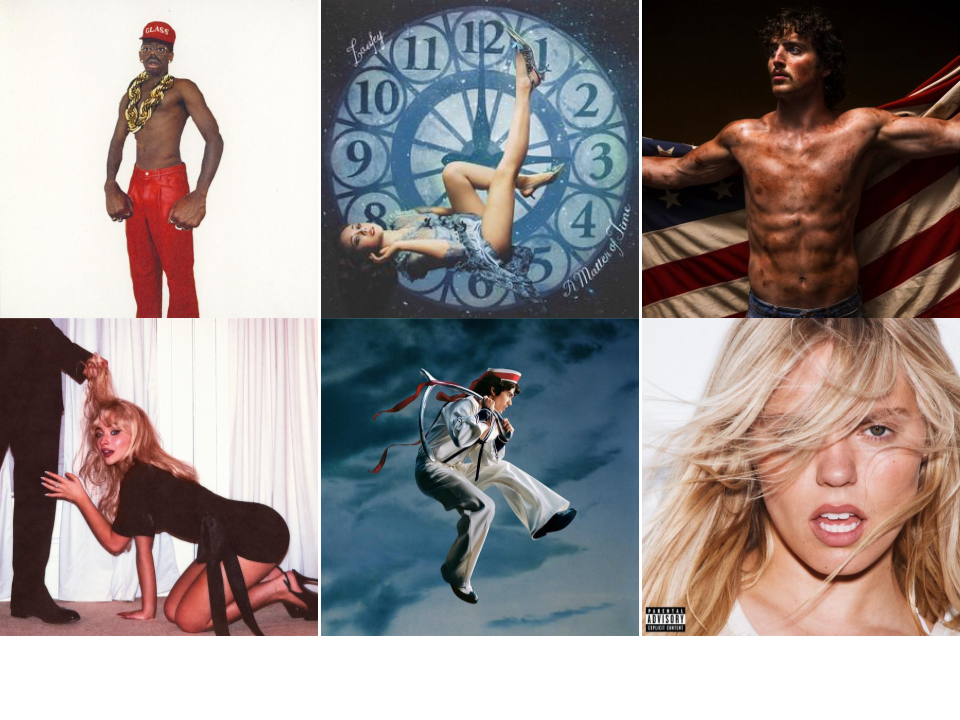Much to Sir Arthur Conan Doyle’s displeasure, his story of Sherlock Holmes and his faithful companion John Watson is still capturing the minds of audiences worldwide. The last several years have seen a flurry of adaptations, from Guy Ritche’s Euro-American movies starring Robert Downey Jr and Jude Law, to Steven Moffat’s one hundred percent British t.v. show with Benedict Cumberbatch and Martin Freeman.
Ritchie’s movies were loads of fun to watch, and very obviously directed at a larger, less intelligent audience that cared more about Downey and Law’s witty banter than plot. On the other hand, Moffat’s show was more for those who wanted a plot so twisted and convoluted that by the end, the only person who actually had a clear understanding of what had happened was Holmes himself.
In this age of quick technology, when most information is accessible to nearly all of the population, it can be hard to relate to the story of Victorian-age Sherlock Holmes and John Watson. For some, the tale of the rich egotistical genius and his doctor companion who sit around their flat smoking their pipes and solving mysteries in their free time holds little appeal. In a stroke of brilliance, Moffat did exactly what he needed to do to draw an audience from this generation into a more plot-driven retelling of Sherlock Holmes.
With “Sherlock”, he made the tale modern.
Instead of writing books about Holmes, Watson recounts all of their adventures on a blog, and Holmes advertises his services through a website called “The Science of Deduction”. Aspects of someone’s personality are also deduced by how they interact with modern technology; for example, Sherlock determines that Watson’s sister is an alcoholic based on the scratch marks around the charge outlet on her smartphone. Watson and Holmes communicate via text, and the incriminating photos that Irene Adler works so hard to protect aren’t of her (as they are in the original story), but rather of a minor royal highness involved in “recreational spanking”.
But apart from the inclusion of expensive Apple productions and new kinky ways to have sex, little of the story has been changed in “Sherlock”. Watson and Holmes are still white and still straight, despite what all the queer baiting may try to lead you to believe. And the London they inhabit is a very prim and proper place, populated by actors who are as equally attractive and white as Cumberbatch and Freeman. For better or worse, “Sherlock” is a very traditional Holmes story, with traditional tales and a very traditional setting.
“Elementary”, the new show produced by CBS, is most definitely not a traditional Holmes story. Not only is Sherlock Holmes solving crimes in the very American city of New York, but his doctor, companion and recounter of adventures is played by Lucy Liu, turning John Watson into Joan Watson. And this is the change which breathes fresh life into a story that, despite all its adaptations, is starting to grow rather stale.
The Western television world is dominated by attractive white men who do everything from fight zombies to win courtroom battles. Women of all races make appearances in these shows, as side or main characters, but never before has a white male character been turned into a female of color without it being played up as a joke.

And Lucy Liu’s Joan Watson is most certainly not a joke. Her Watson is not the frumpy, middle-aged white man who sits passively by and occasionally makes snarky comments. Liu’s Watson isn’t just a roommate (sorry, flatmate) for Holmes, she is his sober companion, which means it is her job to be opposed to Holmes’s drug use and its effects. And indeed, this “home doctor and client” relationship is closer to the original stories than the relationship of flatmates; Sir Arthur Conan Doyle’s Watson was very disapproving of Holmes’s cocaine habit, which at the time was very revolutionary.
The problem with recent Sherlock Holmes tales is that they turn Watson into a sidekick, someone who was far less clever than Sherlock, but made up for that in loyalty and adoration. But there is no adoration in Joan Watson’s eyes for Sherlock Holmes, and Holmes has to work hard to earn any respect. This Watson is not afraid to call Holmes out, and call him out loudly, when he misses the normal social cues.
Arguably, the best scene in the show so far has been when Watson reprimands Holmes for his harassment of a rape victim, who lied about not knowing who her rapist was. With tears in the eyes of the victim and Holmes berating her by telling her the blood of the murder victim is on her hands, you can tell that Joan Watson is going to step in. And it’s not going to be timidly
“That’s enough! You’re done here, go wait in the car.” Her tone of controlled anger, and her dismissal of Holmes, the way she tells him that yes, he’s done, is what every Sherlock Holmes adaptation needs. Holmes is a genius, yes, but he is also judgmental, biased and completely oblivious of social rights and wrongs. Too often, his sociopathic tendencies are ignored in favoring of having Watson fawn over how brilliant Holmes is. But rape is a serious issue, and so is the treatment of rape victims.
Bromance jokes and queer baiting have their place, but not when a man is telling a woman that was her fault she was raped. And thankfully, Joan Watson is going to make sure Holmes understands this.
This is quite obviously an American show, using similar themes and ideas as shows like “CSI” and “Law and Order”. Unlike “Sherlock”, “Elementary” is not made up of hour and a half long episodes where the plot becomes so tangled that in the end, Steven Moffat is probably the only one who knows what’s happening. “Elementary” is a show where the clues are easy to find and the crimes can be solved in 45 minutes.
But that is the point, and to many, the appeal of the show. “Elementary” is going back to the roots of the Sherlock Holmes stories, back to the basics of helping the police catch the bad guy. It may take the British Holmes and Watson 90 minutes to find a killer, but the New Yorkian Holmes and Joan Watson are finding the killer in half an hour, and ending up with time to spare.

















